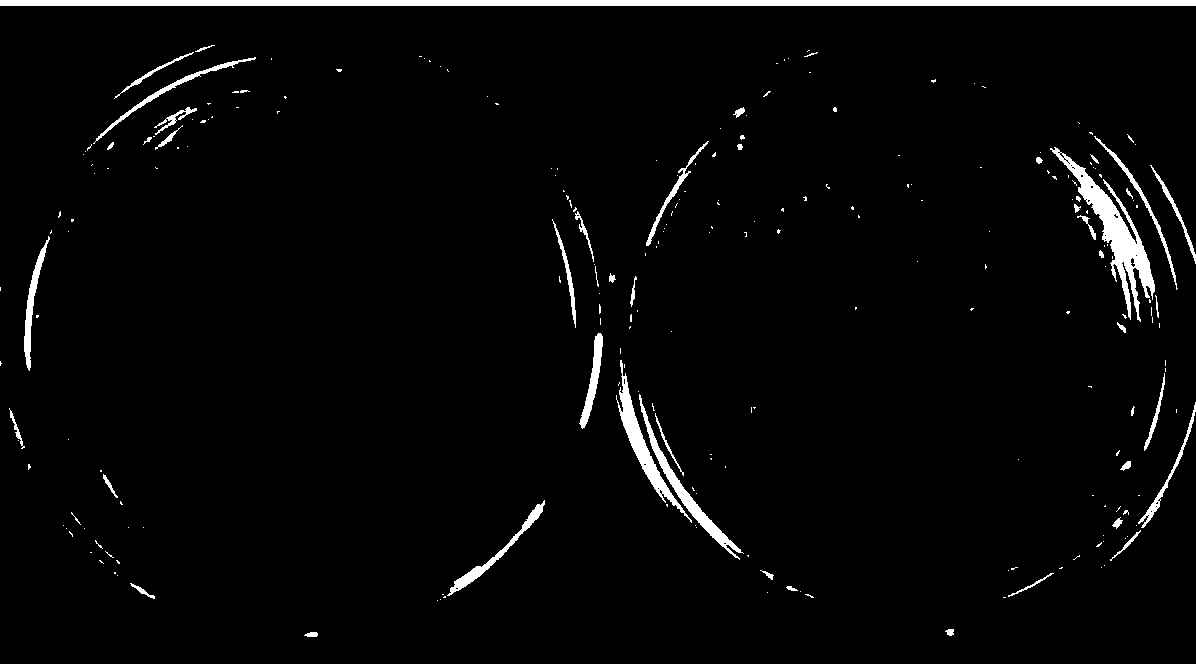A Bidirectional Promoter Plant Expression Vector System with Dual Group Sites
A plant expression vector and locus technology, which can be used in plant gene improvement, recombinant DNA technology, botanical equipment and methods, etc., and can solve problems such as application limitations
- Summary
- Abstract
- Description
- Claims
- Application Information
AI Technical Summary
Problems solved by technology
Method used
Image
Examples
Embodiment 1
[0029] Example 1, using the cloning vector p-FRT to digest and clone the target gene by XcmI enzyme
[0030] The cloning vector p-FRT plasmid was digested with XcmI enzyme at 37° C. for 12 hours, and the product was recovered.
[0031] Using the pPH1JI plasmid with gentamicin resistance gene as template, G1 and G2 as primers, use Taq Enzyme PCR amplification obtained the gentamicin resistance gene sequence with the 3'A end:
[0032] G1: aattgacataagcctgttcggt,
[0033] G2: tgacaatttaccgaacaactcc.
[0034] PCR amplification conditions are: 95°C pre-denaturation for 5mins; 95°C for 30s; 58°C for 30s; 72°C for 1min; 28 cycles; 72°C for 10mins; figure 1 as shown, figure 1 Middle 1 is the amplified product, which is a fragment of about 800bp.
[0035] After the PCR product is recovered, it is ligated with the digested p-FRT, and the ligation system is prepared according to the molar ratio of vector and exogenous fragment 1:3. The ligated products were transformed into E.coli...
Embodiment 2
[0040] Embodiment 2, application of cloning vector p-loxp by EcorV enzyme digestion and cloning target gene
[0041] The cloning vector p-loxp plasmid was digested with EcorV enzyme at 37° C. for 12 hours, and the product was recovered.
[0042] Use pPH1JI plasmid with gentamicin resistance gene as template, G1, G2 as primers pfu Enzyme PCR amplification obtained the gentamicin resistance gene sequence with blunt ends:
[0043] G1: aattgacataagcctgttcggt,
[0044] G2: tgacaatttaccgaacaactcc.
[0045] PCR amplification conditions are: 95°C pre-denaturation for 5mins; 95°C for 30s; 58°C for 30s; 72°C for 1min; 28 cycles; 72°C for 10mins; Figure 4 as shown, Figure 4 Middle 1 is the amplified product, which is a fragment of about 800bp.
[0046] After the PCR product was recovered, it was ligated with the digested p-loxp, and the ligation system was prepared according to the molar ratio of the vector and the exogenous fragment at 1:3. The ligated products were transformed i...
Embodiment 3
[0051] Example 3, Recombinase FLP Mediated GUS Gene Recombination Replacement of Red Fluorescent Protein Gene
[0052] The cloning vector p-FRT plasmid was digested with XcmI enzyme at 37° C. for 12 hours, and the product was recovered.
[0053] Using the pBI121 plasmid with the GUS gene as a template, using Gus1 and Gus2 as primers, use Taq enzyme PCR to amplify the GUS gene sequence with the 3'A end:
[0054] GUS1: atgttacgtcctgtagaaacc,
[0055] GUS2: tcattgtttgcctccctg.
[0056] PCR amplification conditions are: 95°C pre-denaturation for 5mins; 95°C for 30s; 58°C for 30s; 72°C for 2min; 28 cycles; 72°C for 10mins; Figure 7 as shown, Figure 7 Middle 1 is the amplified product, which is a fragment of about 1800bp.
[0057] After the PCR product is recovered, it is ligated with the digested p-FRT, and the ligation system is prepared according to the molar ratio of vector and exogenous fragment 1:3. The ligation product was transformed into E.coli and screened on an amp...
PUM
 Login to View More
Login to View More Abstract
Description
Claims
Application Information
 Login to View More
Login to View More - R&D
- Intellectual Property
- Life Sciences
- Materials
- Tech Scout
- Unparalleled Data Quality
- Higher Quality Content
- 60% Fewer Hallucinations
Browse by: Latest US Patents, China's latest patents, Technical Efficacy Thesaurus, Application Domain, Technology Topic, Popular Technical Reports.
© 2025 PatSnap. All rights reserved.Legal|Privacy policy|Modern Slavery Act Transparency Statement|Sitemap|About US| Contact US: help@patsnap.com



